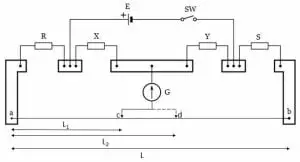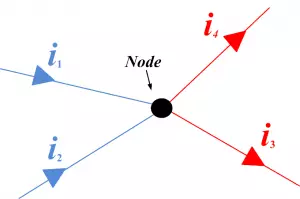HOW DOES RESISTANCE PRODUCED IN WIRES?
Resistance is the very important term/topic of current electricity. Without resistance imagination of electric physics is just a time waste.
So today we will talk about resistance in detail , so tuned with us till end-


Let’s start with a question , what is resistance? And why is it time waste , to imagine electric physics without resistance?
Before I start talking about resistance, you need to know that, how does electron flow in the wires? If you think it should to be know , then go through the link to know this.
How does electrons flow in the wires?
So what is resistance? And how does it create?
Resistance is just like opposing something and this something is usually velocity. Did you ever run a bycle in opposite direction of wind flow. If yes then what happened to your velocity, it must be slow down. To maintain your speed you have to need more energy.
Similarly, this phenomenon is also occurs in the wires. We know that metals have free electrons which are available for motion in the wire. When electron start to flow inside the wire in the effect of potential difference. They move ahead with collision, this collision occurs because there are large amount of free electrons present in the metallic wire. Their collision increase the friction between the electrons, and this friction decrease the electrons velocity, due to this, they started to move with a average velocity called drift velocity.
So any metallic wire, opposing of electron motion due to collision while flowing is called resistance of the material wire.
WHY DOES WIRES MELT AT HIGH VOLTAGES?
All of you must seen that some electrical appliances and wires get melts or burns if they are used to run on high voltages.why?
High voltages source create high potential difference across the two terminal of source. High potential difference leads to the very high speed of electron motion from high potential to low potential. Because motion of the electron is directly proportional to the potential difference.
If potential difference is high then electron moves with high speed, P.D is low then electron doesn’t move with high speed.


But if the potential difference is high then the motion of electron also will be fast , if electron moves with high speed then their number of collision will be high, if their number of collision is high then there will be high resistance if there is high resistance then there will be high friction, if there is high friction then there will produce high heat energy. And this high heat is responsible of the melting or burning of the electric appliance and wires.
Hope this is sufficient for your understanding.
Was this article helpful?
YesNo




![Wheatstone bridge | working principle, construction and its derivation [class 12].](/storage/2021/06/wheatstone-bridge-300x240.jpg)


